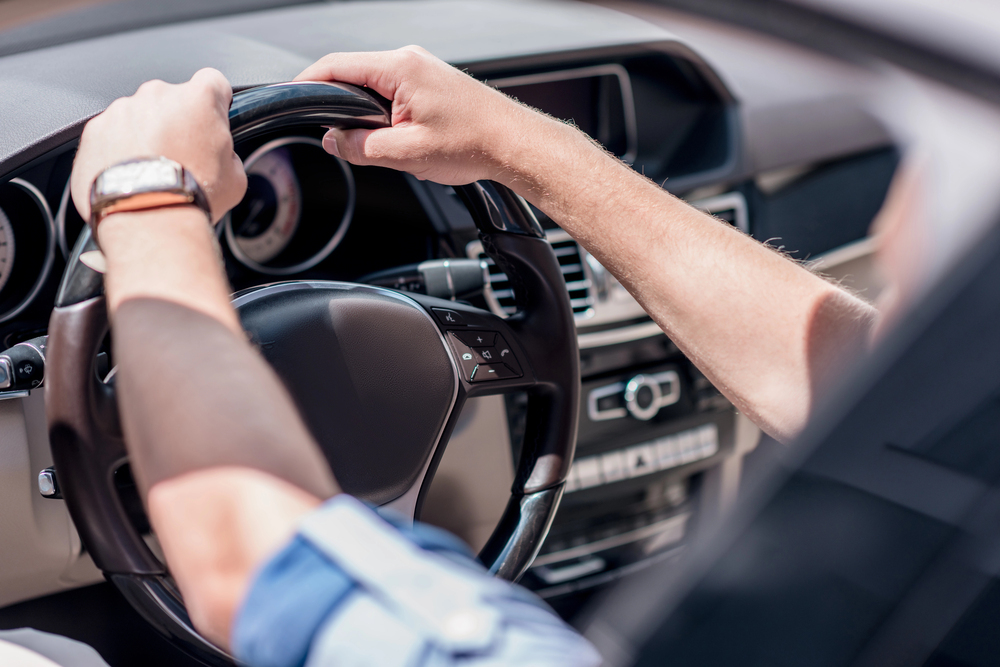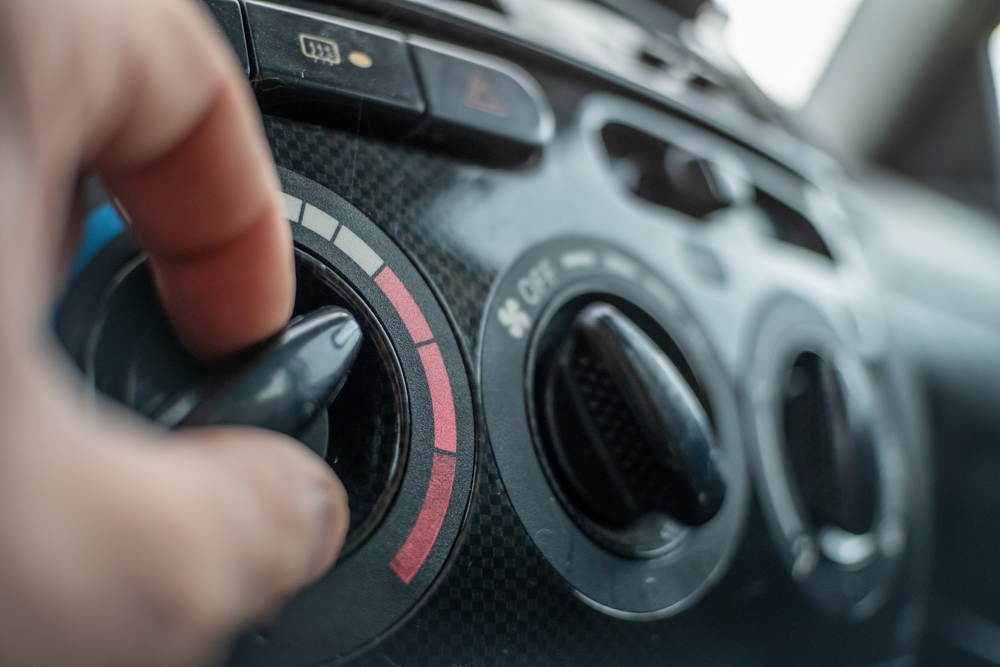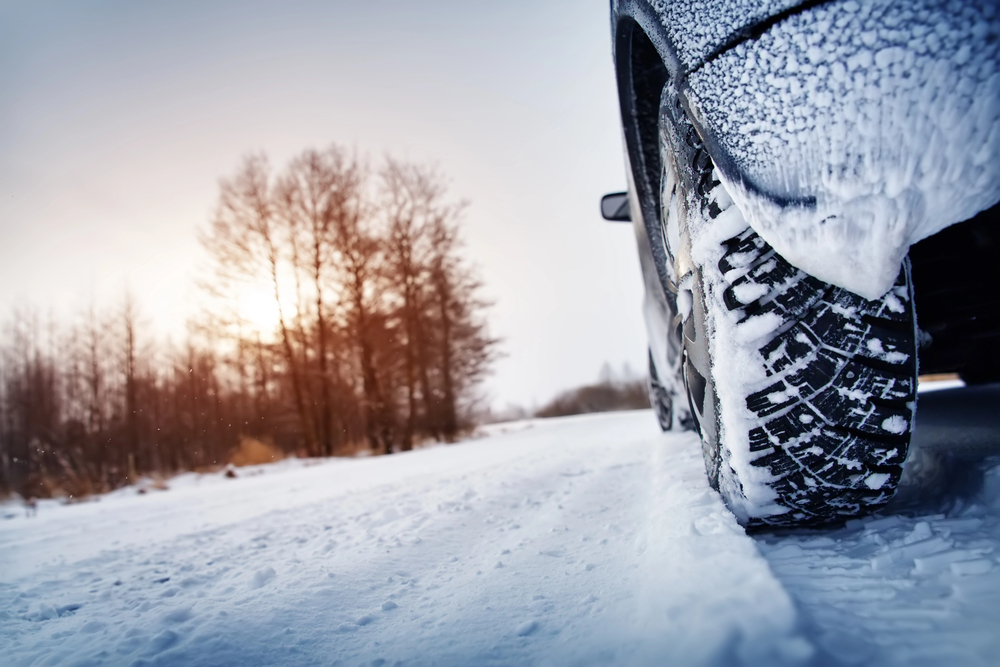Burlington County is a unique place to drive. There are bustling highways like Route 130 to scenic backroads along the Delaware River. You want to make sure that your vehicle can handle the conditions of any road , which is why you need to be doing routine maintenance to keep your car functional. Regardless of your destination, taking 15 minutes to inspect your car can significantly reduce the risk of breakdowns or accidents. Here’s a detailed guide on what to check and why it’s vital for your safety on the road.
Inspect Your Tires
Your tires play a crucial role in your vehicle’s handling, braking, and overall safety. Begin by checking the tire pressure with a digital or analog gauge. Underinflated tires can cause poor fuel efficiency and increase the chances of a blowout, while overinflated tires can reduce traction and make your ride bumpier. Look for any visible damage, such as nails, cracks, or bulges, which could indicate that a tire is close to failure.
Next, assess the tread depth by using the penny test—insert a penny into the tread grooves with Lincoln’s head facing down. If you can see the top of his head, your tires are too worn and need replacement. Proper tread depth ensures your tires can grip the road, especially during Burlington County’s rainy or icy conditions. Don’t forget to check the spare tire as well; you don’t want to find it flat when you need it most.
Test Your Lights
Your car’s lights are essential for seeing and being seen, especially during nighttime drives or inclement weather. Begin with the headlights—both low beams and high beams. Check for brightness and clarity, as dim or yellowed lights reduce visibility. Brake lights and turn signals are equally important since they communicate your intentions to other drivers.
To test them, park your car near a reflective surface or ask someone to watch for each light to come on. Don’t forget the reverse lights and hazard lights, which are critical during emergencies. If any bulb isn’t working, it’s a quick fix with a replacement bulb from your local auto store. Ignoring faulty lights can lead to a ticket—or worse, an accident. For example, if your brake lights are out and you need to stop suddenly, the car following behind you may not realize that you’re braking and slam into your vehicle by accident.
Look at Fluid Levels
Your vehicle’s fluids keep its systems running smoothly, and neglecting them can lead to costly repairs. Start with the engine oil, using the dipstick to check both the level and color. Healthy oil should be amber and clean; dark or sludgy oil indicates it’s time for a change. Next, check the coolant reservoir to ensure it’s at the recommended level—this prevents your engine from overheating, especially during Burlington’s hot summers or cold winters.
Inspect the brake fluid as well, as low levels can affect your braking performance. Finally, top off the windshield washer fluid to ensure your wipers can clean debris or dirt effectively. Always use the type recommended for freezing temperatures to prevent the fluid from icing up in winter.
Examine Your Windshield Wipers
Your windshield wipers are often overlooked, but they’re critical for safe driving in poor weather. Look closely at the rubber blades for cracks, splits, or warping, as damaged wipers will leave streaks or miss spots on your windshield. Ineffective wiping can lead to distracted driving or even a blocked view, both of which are dangerous when driving. Even if they appear fine, replace them every six months to a year to maintain optimal performance.
While inspecting the wipers, also check the windshield for chips or cracks. Even minor damage can expand in extreme temperatures, reducing visibility or weakening the structural integrity of your windshield in the event of an accident.
Do a Brake Test
Brakes are one of those things that cars can’t function without. They help keep you and everyone on the road with you safe. During your drive, pay attention to how your brakes feel and sound. A spongy brake pedal could indicate air in the brake lines, while squealing or grinding noises often mean the brake pads or rotors are worn out.
You should also note if your car pulls to one side when braking or if there’s excessive vibration in the pedal. These could signal uneven wear on the brake pads or a problem with the rotors. If you suspect any issues, schedule a professional inspection immediately—your brakes are too important to ignore.
Why DIY Car Maintenance Matters
There are many reasons to check your vehicle once in a while. Doing this 15-minute car check alone can:
- Pevent Tire Blowouts: Underinflated or worn tires are more likely to fail, especially during long commutes or in extreme weather conditions.
- Improve Visibility: Faulty lights or damaged wipers can compromise your ability to see and be seen, particularly during heavy rain or at night.
- Ensure Reliable Braking: Brake failures or delays in stopping can lead to collisions, even at lower speeds.
- Avoid Engine Overheating: Low coolant levels can cause your engine to overheat, leaving you stranded on the side of the road.
Contact a South Jersey Auto Body Repair Shop Today
Spending just 15 minutes on this comprehensive car check could save your life or prevent a serious accident. Make it a habit, especially before long drives or during seasonal weather changes in Burlington County. In the event that you do get into an auto accident, the pros at Elmer’s Auto Body in Medford, Mt. Ephraim, and Sewell are here to help. We have been in business for over 75 years and have state-of-the-art facilities that will get your car back on the road in no time. Give one of our three locations a call today to schedule an appointment.





